Leaf abnormalities

Healthy
Leaves shine with a rich dark green colour when adequately fed.

Phosphate shortage
Leaves marked with a reddish-purple colour, particularly on young plants.

Potash deficiency
Appears as a firing or drying along the tips and edges of the lowest leaves.

Nitrogen hunger
Signs of yellowing that starts at the tip and moves along the middle of the leaf.

Magnesium deficiency
Whitish strips along the veins and often a purplish colour on the underside of the lower leaves.

Drought
Causes the maize to have a greyish-green colour and the leaves roll up nearly to the size of a pencil.

Disease
Helminthosporium blight, starts in small spots and gradually spreads across the leaf.

Chemicals
May sometimes burn the tips, edges of leaves and other contacts. Tissue dies and the leaf becomes whitecap.
Root abnormalities
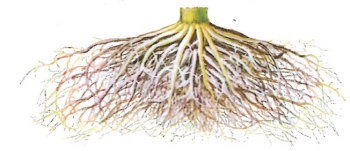
Deep, spreading roots
A healthy, high-yielding plant will crowd a 20 litre bucket.
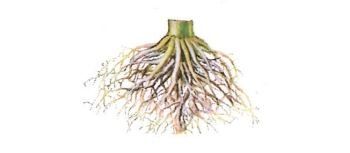
Phosphate shortage
A shortage during the early weeks causes a shallow root system with little spread.
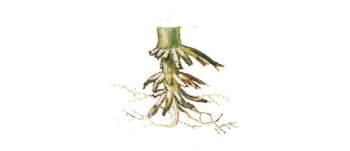
Rootworms
Prune heavily as they eat small roots and tunnel in large ones.
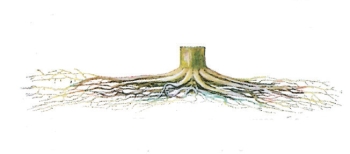
Poor drainage and hardpan
Causes a flat shallow root system. Maize with poor roots cannot stand drought and is easily blown over by high winds.
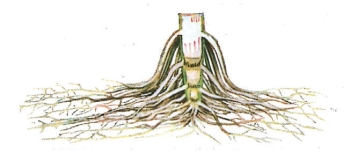
Acid soil
Indicated when the lower part of the root is discoloured and decayed, particularly when brace roots shoot from the third or fourth node.
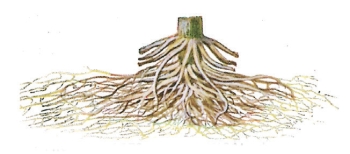
Pruned roots
Result of a cultivator. Shovels wer too deep and too close.
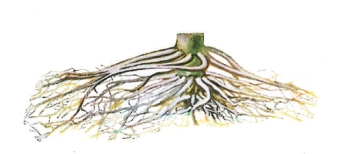
Chemical damage
Makes roots writhe and twist. Joined brace roots are another symptom.
Cob abnormalities

Normal ear
Well-fertilised, high-producing maize cob weighs about 300 grams. It has well-filled tips.
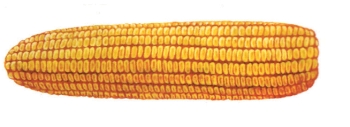
Big ears
Ears weighing up to 450 grams likely indicate that the plant population was too small for most profitable yields.

Small ears
Usually a sign of low fertility. For better yields, boost fertiliser application.

Potash shortage
A shortage shows up in ears with poorly filled tips and loose, chaffy kernels.
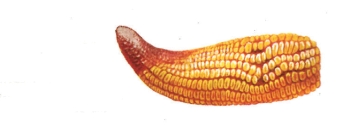
Phosphate shortage
Interferes with pollination and kernel fill. Ears are small, often twisted and with underdeveloped kernels.

Nitrogen
Essential throughout the growing season. If the plant runs our of nitrogen at a critical time, ears are small and protein content is low. Kernels at the tip do not fill.
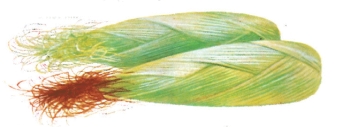
Green silks at maturity
May be caused by too much nitrogen in relation to other elements.

Dry weather
Slows silking behind tasseling; kernels aren't pollinated.
